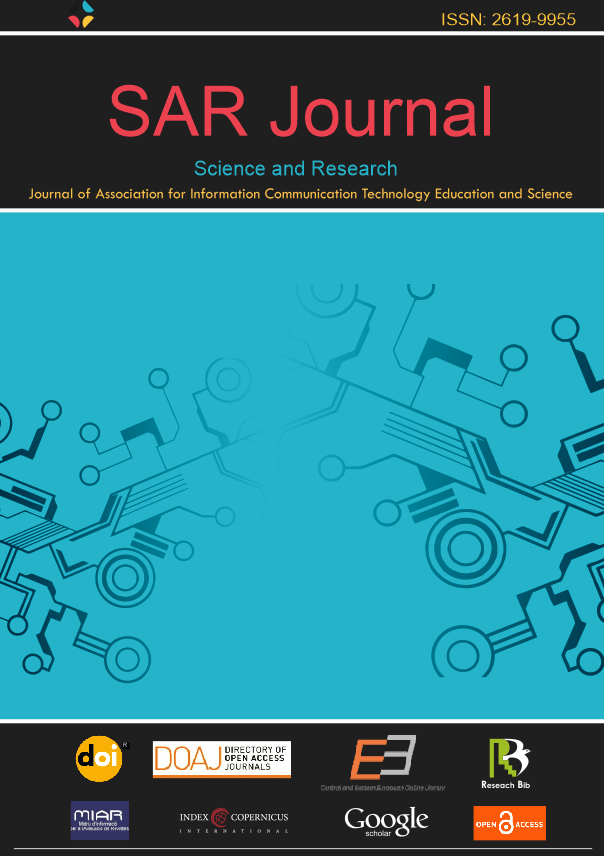Handling Multicollinearity on Social Spatial Data Using Geographically Weighted Random Forest
Handling Multicollinearity on Social Spatial Data Using Geographically Weighted Random Forest
Author(s): Binti Kurniati, Yuliani Setia Dewi, Alfian Futuhul HadiSubject(s): ICT Information and Communications Technologies
Published by: UIKTEN - Association for Information Communication Technology Education and Science
Keywords: Crime; GWR; GWPR; GW-RF; multicollinearity; spatial heterogeneity
Summary/Abstract: Crime includes all kinds of harmful acts that violate the laws in force in Indonesia as well as social and religious norms. The crime total is the number of incidents reported to the police, obtained from public reports and events where the perpetrators were caught red-handed by the police. We can use the Poisson model to analyze the data, but the existence of spatial heterogeneity in the data makes the model less accurate. This research investigates the methods when there is spatial heterogeneity in the data by using Geographically weighted regression (GWR), Geographically Weighted Poisson Regression (GWPR) and Geographically Weighted Random Forest (GW-RF). We compare the GWR, GWPR, and GW-RF models for criminal cases in East Java in handling multicollinearity in the data. The results of this study indicate that the GW-RF model is better for modeling criminal cases with the smallest RMSE and MAPE values and an R-Square value close to 1. Based on the three most important variables in each location, they form six groups of regencies/cities in East Java, Indonesia. The variables vary between groups and the poverty severity index is not included in the three most important variables in all locations.
Journal: SAR Journal - Science and Research
- Issue Year: 6/2023
- Issue No: 3
- Page Range: 149-153
- Page Count: 5
- Language: English

